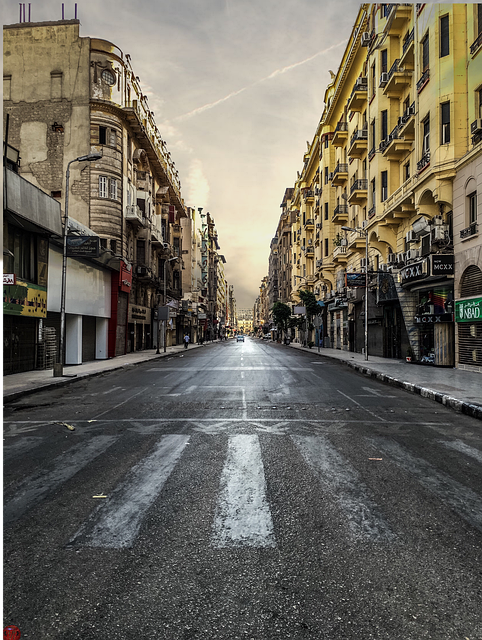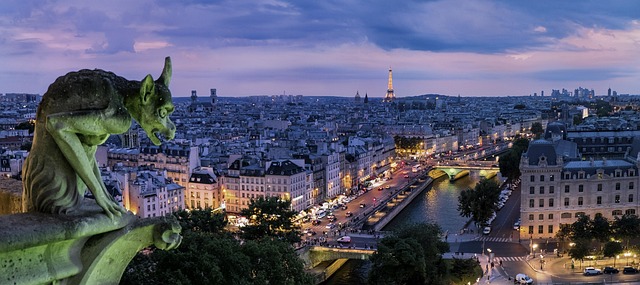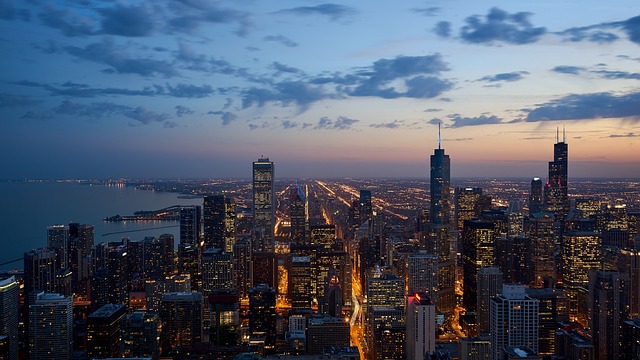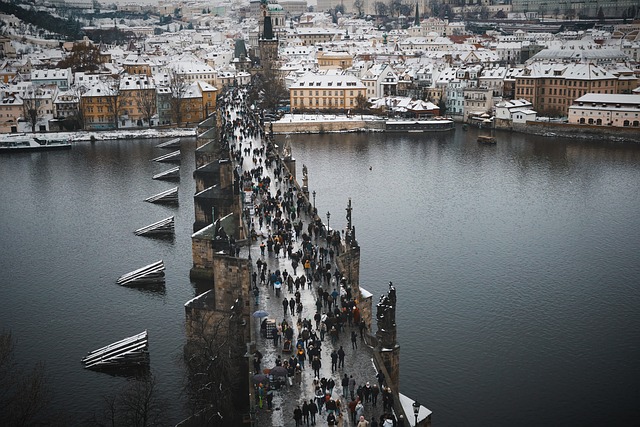The Falaknaz Dynasty's reign over Karachi profoundly influenced its real estate history, sparking a property boom with iconic landmarks and exclusive neighborhoods. The city's transformation into an economic hub drove demand for residential spaces, leading to the construction of grand mansions and high-rises. This period set the stage for Karachi's reputation as a metropolis with substantial property values still felt today. Through the 2000s, economic instability caused fluctuations but the market has shown resilience. Emerging trends like urbanization and infrastructure projects continue to shape property prices in Karachi, balancing luxury and affordable housing options.
Karachi, a vibrant metropolis, has witnessed significant shifts in its property prices over the illustrious Falaknaz Dynasty. This era shaped the city’s real estate landscape, from historical contexts to economic booms and urbanization. Explore how factors like societal changes, infrastructure development, and market dynamics influenced property values in Karachi’s early years. Delve into the challenges and fluctuations that followed, and gain insights into future projections, as we analyze trends shaping property values in this ever-evolving urban center.
- Historical Context: The Falaknaz Dynasty and Karachi's Real Estate Evolution
- Factors Influencing Property Prices in Early Years
- Economic Boom and Urbanization: A Boost for Real Estate Market
- Challenges and Market Fluctuations: 2000s to Present Day
- Future Projections: Trends Shaping Property Values in Karachi
Historical Context: The Falaknaz Dynasty and Karachi's Real Estate Evolution
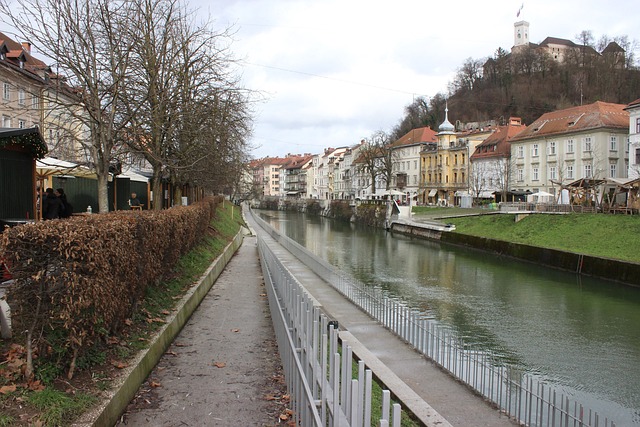
Karachi, the vibrant metropolis, has witnessed a remarkable evolution in its real estate landscape over the decades, and a significant chapter in this journey is attributed to the Falaknaz Dynasty. This era, marked by the reign of the Falaknaz rulers, left an indelible mark on the city’s property market. Historically, Karachi was a bustling port city, attracting traders and merchants from across the globe, which fueled its rapid growth and development. The Falaknaz Dynasty, during their rule, implemented various infrastructure projects, including the expansion of roads, the development of public spaces, and the construction of iconic landmarks. These initiatives not only transformed Karachi’s physical landscape but also had a profound impact on the real estate sector.
The dynasty’s focus on urban planning and modern amenities created a demand for property in areas that offered convenience and luxury. As a result, exclusive neighborhoods emerged, attracting the city’s elite. This period saw a surge in the construction of grand mansions, high-rise apartments, and luxurious condos, particularly along the coast and in central locations. The real estate market experienced a boom, with prices escalating due to the high demand for these prime properties. Today, Karachi’s property prices continue to reflect this historical context, with certain areas still commanding premium rates, a testament to the lasting influence of the Falaknaz Dynasty on the city’s ever-evolving real estate landscape.
Factors Influencing Property Prices in Early Years
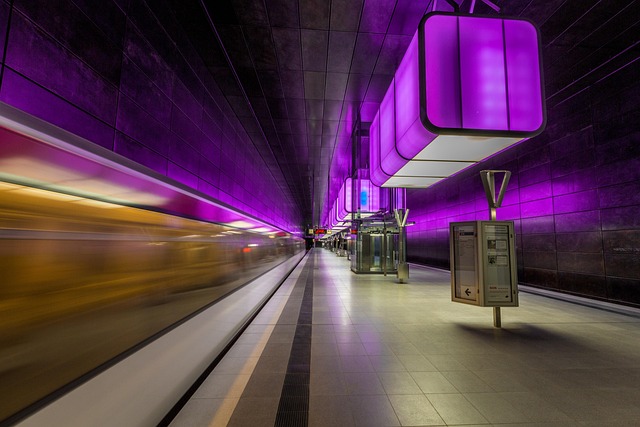
In the early years of the Falaknaz Dynasty in Karachi, several factors significantly influenced property prices. One key factor was urban development and infrastructure growth, with the city experiencing a surge in demand for residential and commercial spaces as it became a major economic hub. The construction of new roads, bridges, and public amenities not only enhanced the connectivity but also increased the value of properties located nearby.
Additionally, demographic changes played a crucial role. An influx of people from rural areas seeking better employment opportunities contributed to the rising demand for housing. This led to an increase in property prices, particularly in areas that offered affordable yet quality living options. The region’s economic stability and the government’s initiatives to promote real estate development further fueled this trend, making Karachi a desirable location for both local and foreign investors.
Economic Boom and Urbanization: A Boost for Real Estate Market

Karachi, the vibrant heart of Pakistan, experienced a significant economic boom during the Falaknaz Dynasty that positively impacted its real estate market. The city’s urbanization accelerated, driven by an influx of people seeking better opportunities and modern amenities. This surge in population created a high demand for housing, commercial spaces, and infrastructure, leading to a substantial increase in property prices across various sectors.
The economic growth, characterized by industrialization, trade, and foreign investment, further fueled the real estate boom. As Karachi became a major financial hub, its property market transformed into a dynamic and competitive space. This period witnessed the development of luxurious apartments, high-rise commercial buildings, and exclusive residential communities, attracting both local investors and expatriates looking to capitalize on the city’s burgeoning potential.
Challenges and Market Fluctuations: 2000s to Present Day
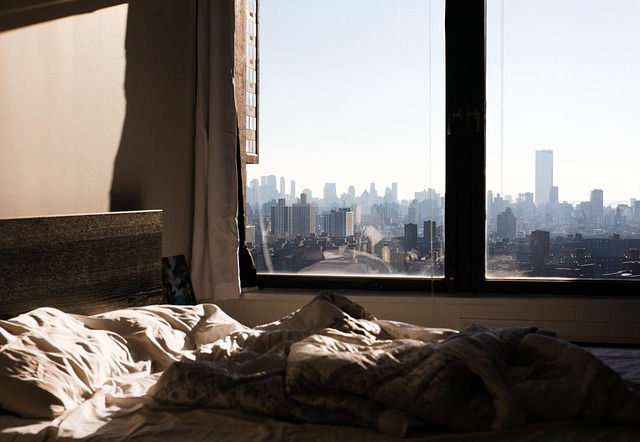
The property market in Karachi, during the 2000s and onwards, has been a rollercoaster ride marked by significant challenges and fluctuations. One of the primary hurdles was the economic instability that impacted the region, leading to volatile real estate trends. The city’s property prices saw sharp rises followed by sudden dips, making investment a risky proposition for many. This uncertainty was exacerbated by political events and their subsequent effects on the local economy.
Market dynamics in Karachi have also been influenced by shifting demographics and changing consumer preferences. The influx of migrants from rural areas seeking better opportunities in the city led to an increased demand for housing, particularly in certain neighborhoods. Moreover, rapid urbanization and the rise of a middle class with disposable income contributed to a boom in construction projects, further complicating the market’s trajectory. Despite these challenges, Karachi’s real estate sector has shown resilience, with efforts being made to stabilize prices and improve accessibility for various segments of the population.
Future Projections: Trends Shaping Property Values in Karachi
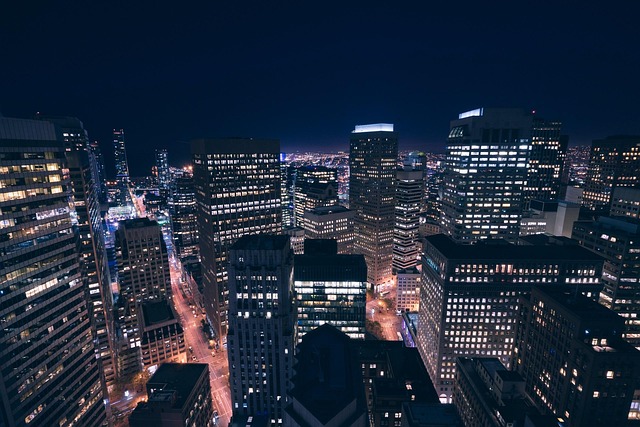
The future of property prices in Karachi, often hailed as Pakistan’s economic powerhouse, is closely tied to several emerging trends. One key factor is the ongoing urbanisation, which continues to drive demand for housing in the city. As more people migrate to Karachi in search of better job opportunities and a higher standard of living, the need for residential properties will likely increase, putting upward pressure on prices.
Additionally, the development of infrastructure projects, such as roads, transportation networks, and utility services, can significantly impact property values. Areas benefiting from these developments are expected to witness substantial price appreciation. Moreover, the city’s ever-evolving real estate landscape, with a mix of luxury high-rises and affordable housing projects, indicates a diverse market dynamic. This diversity suggests that while premium properties in prime locations may experience steady growth, more budget-friendly options might offer attractive entry points for investors seeking capital appreciation in Karachi’s vibrant property market.
The Falaknaz Dynasty’s legacy in Karachi’s real estate landscape is evident through its diverse and dynamic property prices. From historical context to modern fluctuations, the city’s evolving economic boom and urbanization have significantly shaped its real estate market. Navigating challenges and market shifts since the 2000s has resulted in a robust yet volatile environment. Future projections suggest that trends like increasing urbanization and development projects will continue to influence property values in Karachi, offering both opportunities and challenges for investors and residents alike.
